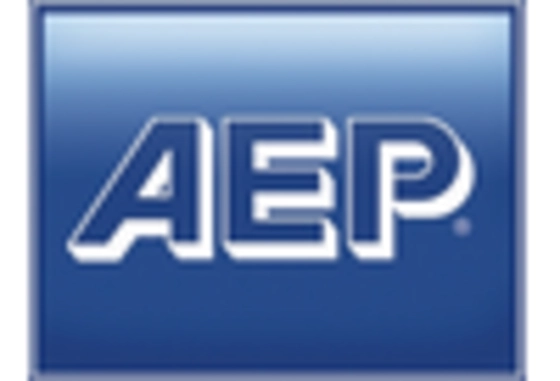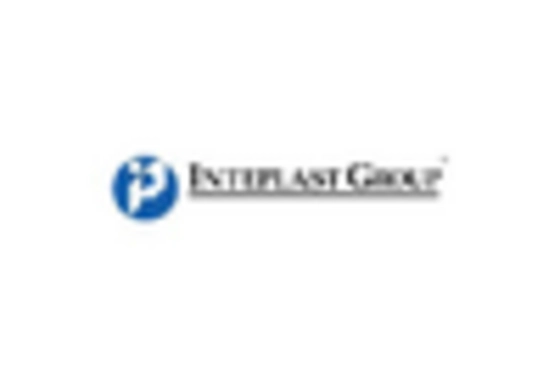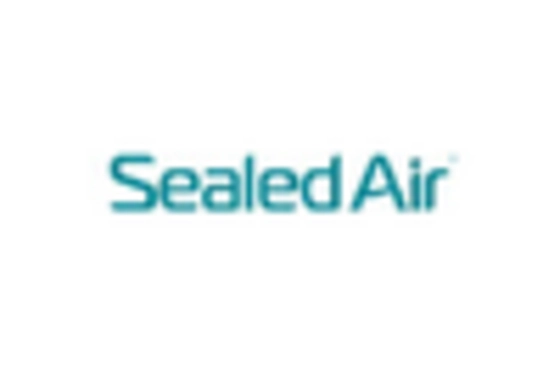E-commerce Expansion and Packaging Needs
The rapid expansion of e-commerce has led to an increased demand for packaging solutions, which significantly impacts the Plastic Bags & Sack Market. As online shopping continues to grow, retailers require efficient and cost-effective packaging options to ensure product safety during transit. Market data indicates that the e-commerce sector is projected to grow by over 15 percent annually, necessitating a corresponding rise in packaging materials. This trend not only boosts the demand for plastic bags and sacks but also encourages innovation in design and functionality. Retailers are increasingly seeking lightweight, durable, and customizable packaging solutions, which presents opportunities for manufacturers within the Plastic Bags & Sack Market.
Regulatory Pressures and Compliance Requirements
Regulatory pressures and compliance requirements are increasingly influencing the Plastic Bags & Sack Market. Governments worldwide are implementing stricter regulations aimed at reducing plastic waste and promoting sustainable practices. For example, several countries have introduced bans on single-use plastic bags, compelling manufacturers to adapt their product offerings. Market data indicates that regions with stringent regulations are witnessing a shift towards alternative materials, such as compostable bags. This regulatory landscape not only drives innovation but also creates challenges for companies that must navigate compliance while remaining competitive. As such, the ability to adapt to these regulations is becoming a critical factor for success in the Plastic Bags & Sack Market.
Rising Consumer Awareness of Environmental Impact
The increasing consumer awareness regarding the environmental impact of plastic waste appears to be a pivotal driver for the Plastic Bags & Sack Market. As individuals become more informed about the detrimental effects of plastic pollution, there is a noticeable shift towards sustainable alternatives. This trend is reflected in market data, indicating that the demand for eco-friendly packaging solutions is on the rise. In 2023, approximately 30 percent of consumers reported a preference for biodegradable or recyclable bags, suggesting a significant market shift. Consequently, manufacturers are compelled to innovate and offer products that align with these consumer preferences, thereby influencing the overall dynamics of the Plastic Bags & Sack Market.
Technological Advancements in Production Processes
Technological advancements in production processes are likely to play a crucial role in shaping the Plastic Bags & Sack Market. Innovations such as automation and improved manufacturing techniques can enhance efficiency and reduce production costs. For instance, the adoption of advanced extrusion technologies has enabled manufacturers to produce thinner yet stronger plastic bags, thereby optimizing material usage. Market data suggests that companies investing in these technologies may experience a competitive edge, as they can offer high-quality products at lower prices. Furthermore, these advancements may also facilitate the development of biodegradable options, aligning with the growing consumer demand for sustainable products within the Plastic Bags & Sack Market.
Consumer Preference for Convenience and Versatility
Consumer preference for convenience and versatility is a significant driver in the Plastic Bags & Sack Market. As lifestyles become increasingly fast-paced, consumers are seeking packaging solutions that offer ease of use and multifunctionality. Plastic bags and sacks are favored for their lightweight nature and ability to serve various purposes, from grocery shopping to storage. Market data reveals that over 40 percent of consumers prioritize convenience when selecting packaging options, indicating a strong demand for practical solutions. This trend encourages manufacturers to innovate and diversify their product lines, ensuring they meet the evolving needs of consumers. Consequently, the emphasis on convenience is likely to shape the future trajectory of the Plastic Bags & Sack Market.

















Leave a Comment